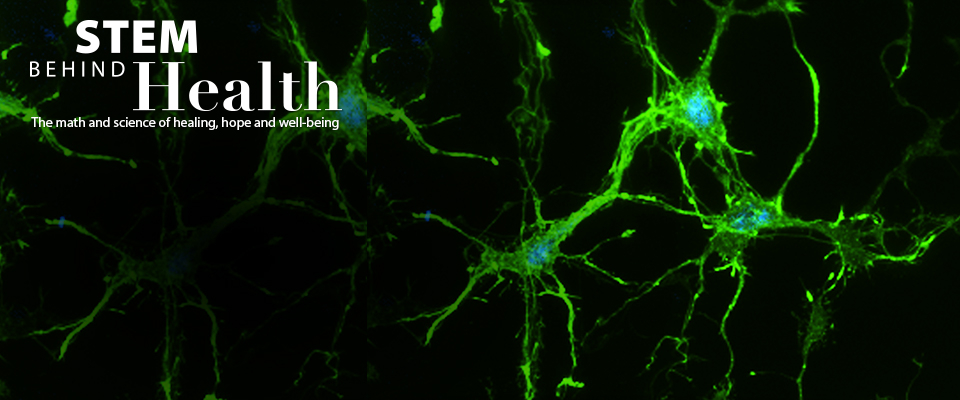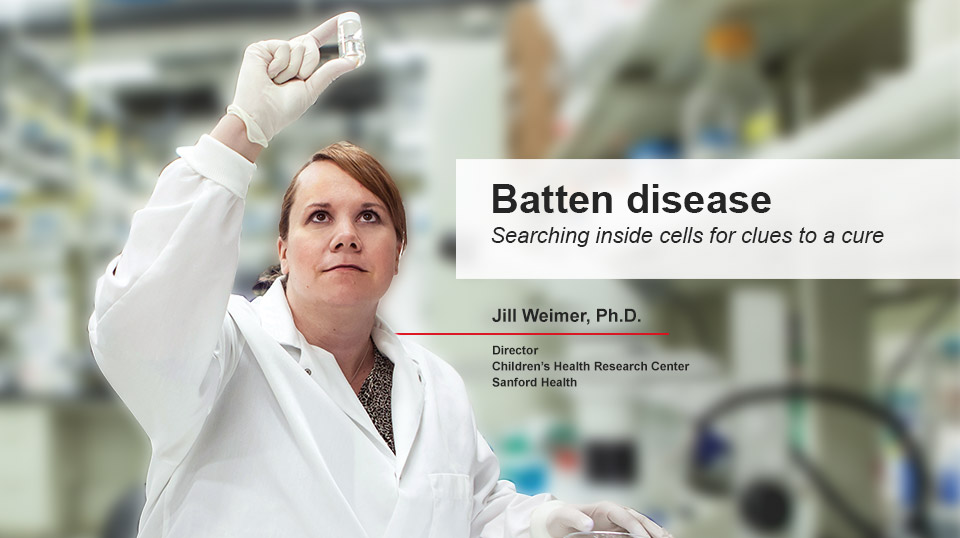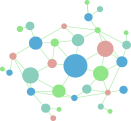In the United States, a disease is defined as "rare" if fewer than 200,000 people are affected by it
Rare Diseases, Hopeful Research
Introduce students to research to find preventions,
treatments and cures with "Rare Diseases, Hopeful Research,"
a TI-Nspire™ problem-based activity that complements middle grades
life sciences and high school biology curricula.










